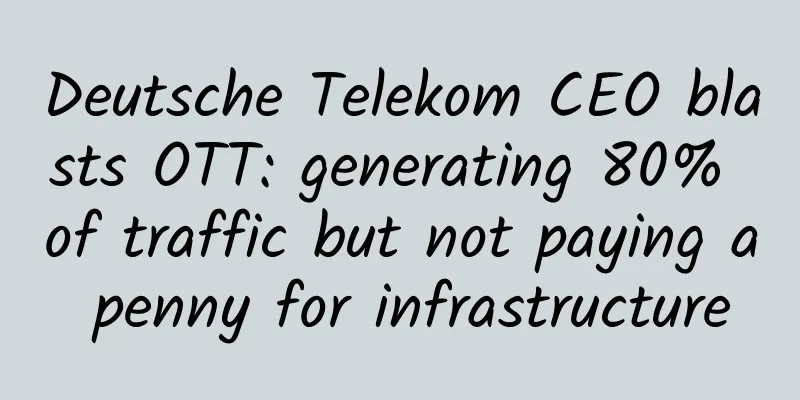Fiber will play a key role in 5G development

|
CommScope recently said that in the future of broadband development, network convergence will adopt fiber on a large scale. Previously, CommScope co-sponsored Telecoms.com Intelligence's "Broadband Outlook 2016" survey, the results of which showed that fiber will play a key role in the development of 5G and the network speed of all FTTH deployments.
“In the future, fiber will go deeper into the network to meet the growing demand for bandwidth,” said Dieter Verdegem, vice president of FTTx access solutions at CommScope. “When 90% of respondents believe that multi-system operators will merge fiber networks for 5G to cover FTTH and fiber backhaul, the significance is impossible to ignore.” The 600 respondents from around the world who participated in the survey included service providers and vendors, as well as consultants, analysts and enterprise network customers. Other key findings from the Broadband Outlook 2016 report include:
According to the report, 2020 is "heralded as the year when everything in the world gets better," although some operators want to bring that date forward. The report also states that "the worlds of fixed and wireless appear to be on a collision course, and operators are working hard to sort out the chaos." Telecoms.com Intelligence released the findings at the Broadband World Forum telecoms conference in London this week. "We are delighted by the positive feedback and support for the Broadband Outlook Survey from the industry, which represents a very important group of the industry," said Tom Skinner, head of information at Telecoms.com. "The results of the survey show that the next generation of access technologies will rely heavily on fiber-intensive infrastructure, especially as we get closer to 5G and anticipate the rich content that 5G will provide." |
<<: Why is WiFi on buses not as popular as on subways?
>>: Asia seizes first-mover advantage, 5G is expected to arrive in 2018
Recommend
User Datagram Protocol (UDP) in plain language
What is UDP? UDP is the abbreviation of User Data...
After 4 years, 5G has blossomed
In June 2019, my country officially issued 5G com...
A must-read for professionals! Intuitive diagrams of weak current subsystems!
The most direct and effective way to get familiar...
5G mobile phones will be released on a large scale soon: 5G network traffic charging method is exposed!
China Unicom will carry out 5G pilot projects in ...
GET or OUT! These six "hot" IT skills will become a powerful tool for salary increase and job change in 2018
This is the best of times, and also the worst of ...
Three things to consider before building a data center
90% of the world’s data was created in the past t...
China's 5G smartphone shipments reached 108 million units, but how many people use 5G?
my country has always been the world's larges...
WiFi 7 is here. What are the improvements compared to WiFi 6?
WiFi 7 has become one of the hottest topics, espe...
Maxthon Hosting Hong Kong CN2 Line VPS Simple Test
Aoyozhuji is also a long-established VPS hosting ...
China Mobile: 5G package customers reach 331 million
China Mobile released its unaudited financial dat...
Teach you how to distinguish between single-mode and multi-mode optical fibers
Single mode fiber Single-mode fiber has a thinner...
6 SD-WAN trends to watch in 2020
SD-WAN reached a new inflection point in 2019. Du...
Multiple Choices for Internet Communication: Do you really know how to make phone calls?
"Do you really know how to make phone calls?...
By 2028, the global 5G infrastructure market will reach US$80.5 billion
[[417378]] According to data released by market r...
Discussion | Technical advantages of the top 9 leading SD-WAN providers abroad
SD-WAN technology helps make wide area networks m...









